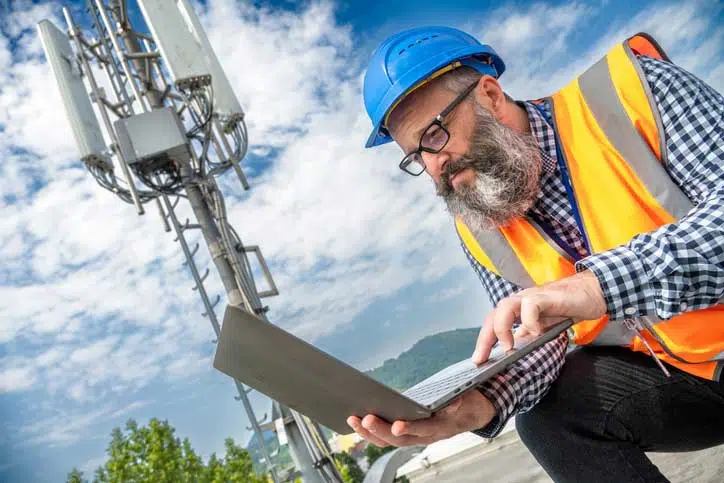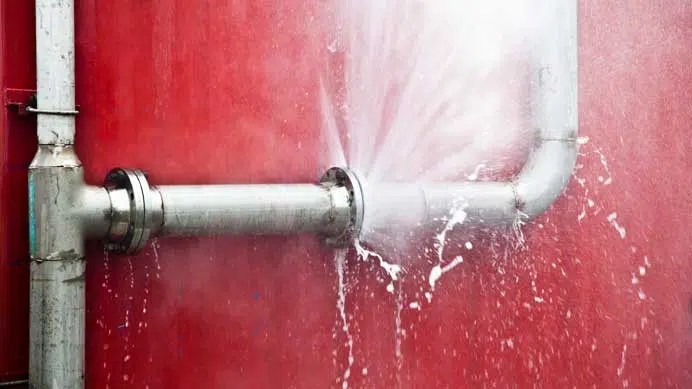We recently introduced our range of Leap Sensors for structural health monitoring (SHM) using the IoT. Structural health monitoring is the process of regularly checking infrastructures such as roads, bridges, buildings, tunnels, etc. for changes that may indicate deterioration or recent damage. Most of this is still done with physical inspections, but advances in wireless sensor technology now make it possible to install remote monitoring systems. With regular, consistent monitoring, it’s a lot easier to catch small problems before they become big problems and better plan for maintenance. Also, reporting and auditing are automated for more reliable tracking.
Because there’s such a wide range of structures to monitor, and different factors to watch for, we’ve developed a broad range of sensors. Here are our top 5 sensors for SHM:
1. Strain Sensors
Strain sensors monitor loads, compression, tension, bending, and torsion in a structure. Because bridges, buildings, and overpasses carry heavy loads, they are subject to a lot of strain, so this is a key factor our clients want to monitor. These sensors generally need to be configured to a client’s specific needs. The system uses over-the-air wireless zeroing to compensate for installation residual strain, which gives the sensors incredible accuracy & reliability. For an in-depth look into Phase IV’s Leap strain sensors, check out this video:
2. Crack Detection Sensors
Crack detection sensors do just what they say; they are used to monitor the position and length of cracks in concrete structures (roads, buildings, tunnels.) Cracks in roads, bridges, tunnels, and buildings may signal underlying problems, and subtle movement may indicate a larger issue. Our crack sensors are highly accurate and easy to tailor to a particular application.
3. Vibration Sensors
Vibration sensors take a simple yet effective approach to SHM. A change in vibration is an excellent predictor of an impending issue in a structure or equipment. The vibration sensor monitors the g-force a structure experiences. The sensor will measure and report the average and maximum g-force of a structure +/-16G, on all three axes. In the case of a high G-force event, the transceiver node can instantly transmit the data from the event and send an alert.
4. Tilt Sensors
Tilt sensors, (also known as inclinometers) use in-place MEMS (Micro-Electro-Mechanical Systems) technology. This allows the sensor to monitor slippage in embankments, piers, abutments, retaining walls, etc. The Leap wireless transceiver node powers the inclinometer from its onboard battery and converts the signal to the wireless transmission.
5. Piezometers
Piezometers are typically used for monitoring fluid pressure or pore water pressure in embankments, boreholes, standpipes, reservoirs, and tanks. Water where it isn’t supposed to be, or water at the incorrect pressure can be highly destructive, so monitoring it is another key element in SHM.
The Leap Sensors have a unique feature where multiple strain or vibration measurement points may be “daisy-chained” together on an industrial CAN bus so that multiple readings can be monitored and transmitted with one transceiver node. This allows for very cost-effective monitoring of many points (or a large area) with one transceiver.
These are just the top 5 sensors we offer in SHM. See our full range of SHM sensors., and learn more about how Leap’s wireless sensor system can work for your SHM needs by talking to one of our wireless sensor experts today.


